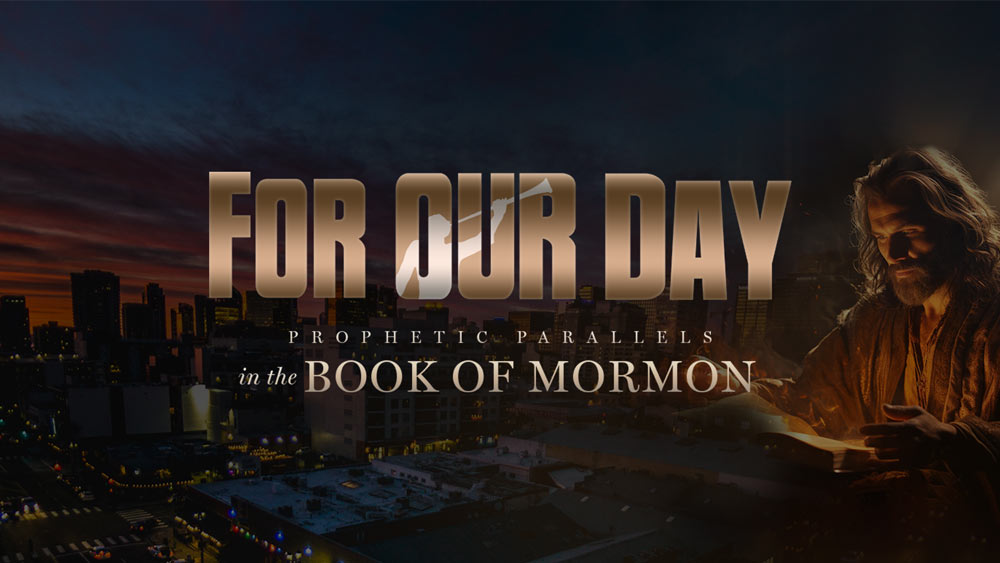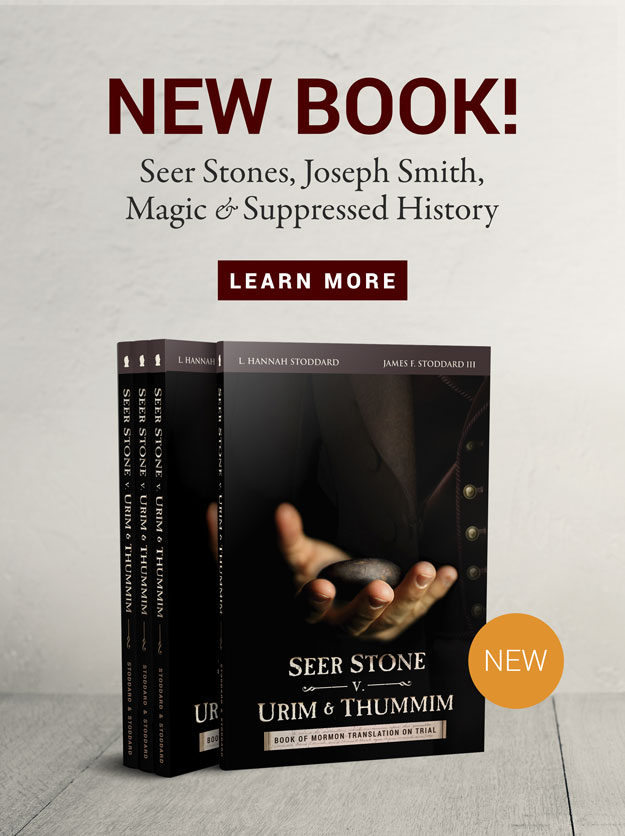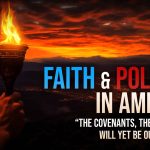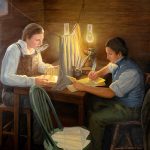Prophetic Statements
Joseph Fielding Smith
It was necessary for the Elders who had been out preaching to return to Kirtland to receive instruction and endowment so that they would be prepared to go forth to preach the Gospel to the world, “for the last time.” It was for the purpose of gaining knowledge of the doctrines of the Kingdom, and also of countries, the perplexities of the nations, and the judgments which are on the land, that the Elders were called in from their labors to Kirtland. Moreover, all things were to be done in fasting and prayer.
Are we observing this commandment today? The Lord said this should be done “from this time forth.” If we paid more attention to these simple but effective principles the whole Church would have better spirituality and a clearer and better claim on the promises of the Lord. The preaching of the Gospel both to the Saints in the organized stakes of Zion and to the people of the world is a vital principle which has been made obligatory upon us. The worth of souls is great, and therefore the Lord would have them saved. The better we are equipped to teach the better teaching we can do. Secular education may not be so important (in fact, may prove to be a detriment), but when accompanied with humble faith and knowledge of the principles of the Gospel and all that pertains to our salvation, then it is of great worth. Not only are the members of the Church under commandment to teach the Gospel by precept and by example, but the Lord places all who hear the message of truth under the responsibility of receiving it and carrying it to their neighbors. . . .
There were two schools conducted in Kirtland. One was a school of the Elders where they carried out some of the provisions of this revelation1 in seeking knowledge of countries and kingdoms and languages, all such information as may be gained in the regular daily school. It was in this school where many of the Elders, then residing in Kirtland, hired Dr. Seixas, a learned Hebrew scholar, and under his direction studied the Hebrew language. This school was conducted for several months and the Prophet, and others, became rather proficient in this language, due to the guidance of the Lord as much as that of the Hebrew scholar. This school proved to be of great benefit to these brethren in later years.
The other was the “School of the Prophets,” and a very good description of this school and its purpose is given in this section of the Doctrine and Covenants, verses 117 to the end of the section. In a letter written by the Prophet Joseph to William W. Phelps in Zion, January 14, 1833, the following appears: “You will see that the Lord commanded us, in Kirtland, to build a house of God, and established a school for the prophets, this is the word of the Lord to us, and we must, yea, the Lord helping us, we will obey: as on conditions of our obedience he has promised us great things; yea, even a visit from the heavens to honor us with his own presence.” . . . This School of the Prophets and the schools where the ordinary branches were taught continued in Kirtland until the exodus from that place. It was for this school that the lectures on Faith were prepared and which were delivered to the Elders. . . .
The “School of the Prophets” is not something new to this dispensation. In ancient Israel, especially in the days of Samuel, Elijah and Elisha, there was such a school. We read in I Samuel, tenth chapter, that after Samuel had anointed Saul to be king of Israel he met a company of prophets and prophesied with them. In II Kings, chapter two, where we have the account of the translation of Elijah, we are told that a company of the sons of the prophets accompanied Elisha who was determined to follow Elijah. “And fifty men of the sons of the prophets went, and stood in view afar off, and they two (Elijah and Elisha) stood by Jordan,” and when Elisha returned to them after the departure of Elijah, these sons of the prophets discovered that the power of Elijah was upon Elisha. The object for which this school was organized is plainly stated in the revelation. None could join except he was clean from the blood of this generation. The only way he could be clean was to be obedient to the covenants of the Gospel and labor in behalf of his fellows for the salvation of their souls. Thus the preaching of the Gospel was a requirement made of those who desired to join this school. The School of the Prophets continued in Utah for several years under the administration of President Brigham Young, but after that time it was discontinued.2
Supporting Statements
Matthias F. Cowley
In the early inception of the Church, God commanded His people to study and learn from the best of books, to acquire an understanding of the laws of God and the governments of men, to become acquainted with the heavens and the earth. Thus the Saints are the friends of all true education. Joseph Smith established a school in Kirtland for the study of Hebrew and other branches of knowledge. For Nauvoo he obtained a charter for a university.3
Henry B. Eyring
Joseph Smith had essentially no formal schooling, yet the effect of the gospel of Jesus Christ on him was to make him want to learn more so that he could be more useful to God and to God’s children. When the Latter-day Saints were driven from Missouri by mobs, they built a city on the banks of the Mississippi River. They named it Nauvoo. In their poverty and on the western edges of the country they formed a university. In 1840, Joseph Smith sought the incorporation of the City of Nauvoo, Illinois, and along with it authority to establish a university. The Nauvoo charter included authority to ‘establish and organize an institution of learning within the limits of the city, for the teaching of the arts, sciences and learned professions, to be called the “University of the City of Nauvoo'”4
- D&C 88:1. ↩︎
- Joseph Fielding Smith, Church History and Modern Revelation, vol. 2: p. 135-136, notes 2 & 4. ↩︎
- Matthias F. Cowley, Cowley’s Talks on Doctrine, p. 60. ↩︎
- quoted in H. S. Salisbury, “History of Education in The Church of Jesus Christ of Latter-day Saints,” Journal of History, July 1922, 269. ↩︎







